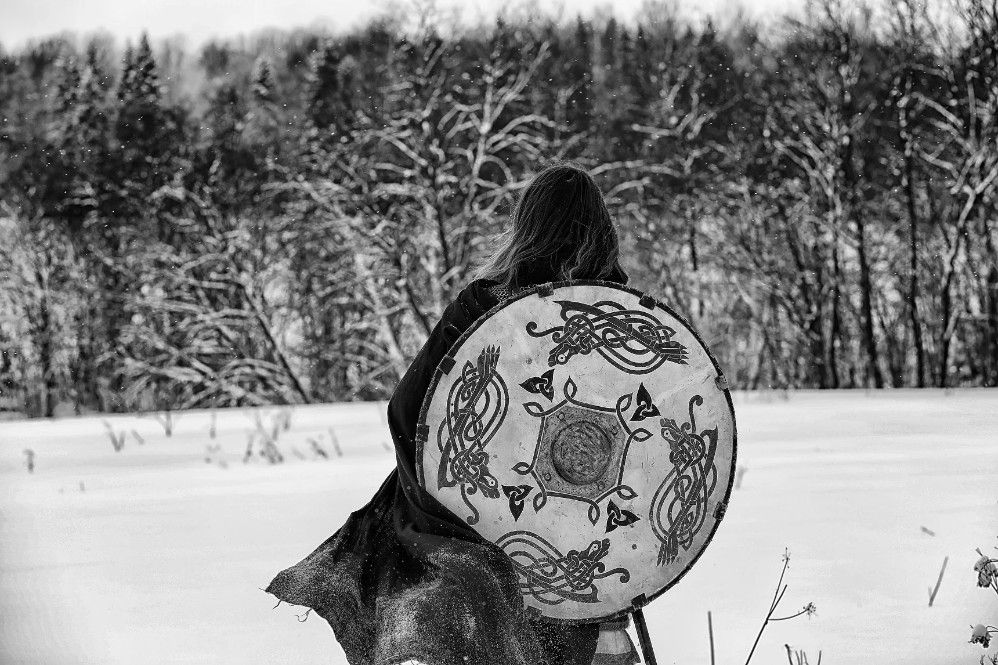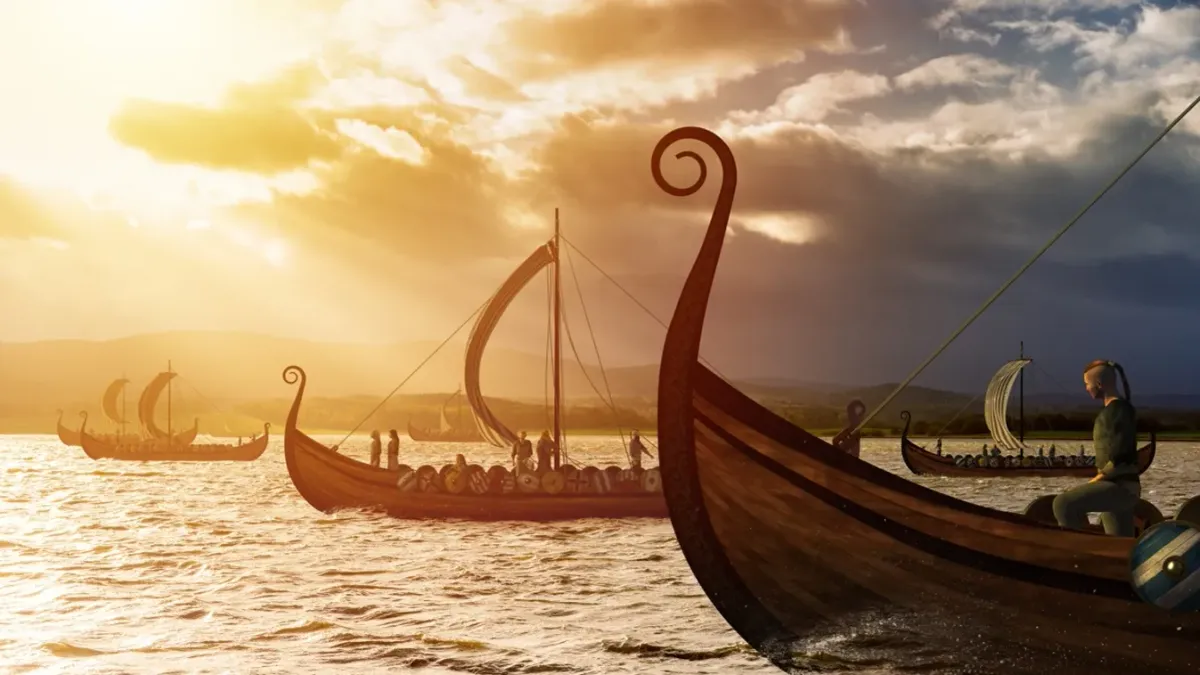The Vikings believed deeply that the world as we know it would one day disappear: they called this day Ragnarok. It has also been referred to as the “Fate of the Gods” or “Twilight of the Gods”, which refers to the final battle between the Aces and the Giants on the Field of Vigrid. Ragnarok is therefore a series of specific natural events and catastrophes, which according to Norse mythology culminate in the sinking of Midgard and the deaths of Odin, Thor, Tyr, Freyr, Heimdall and Loki.

Image: Shutterstock
The myth first appears in the Völuspá, one of the Eddas in the Icelandic Regius Codex, which tells the story of the creation of the world, the end of days, and resurrection.
An ominous prelude to Ragnarok
A Journal of Archaeological Science Reports According to a study published in the journal Ragnarok, Ragnarok may be rooted in a real climate event that caused a sharp decline in Denmark's population 1,500 years ago. In the mid-6th century, two major volcanic eruptions occurred in the Americas, sending large amounts of ash and sulfur dioxide into the stratosphere, causing a radical shift in the Northern Hemisphere to a cooler climate.
According to contemporary accounts in Chinese records, “the sun rose pale and was cold as the moon; The grains did not mature, and the stars did not appear until more than a year ago due to particles of volcanic material that remained in the stratosphere.”
Scientists at the National Museum conducted a dendrochronological study on samples of Danish oak to understand the impact of climate change on tree ring growth and logging activity between 300 and 800 years ago. These samples were compared to a chronology of ice cores in Greenland, which had previously been used to date historical volcanic eruptions by tracking sulfuric acid through aerosol deposition and precipitation.

Image: Shutterstock
The study found that in the three years between 539 and 541 AD:
- Tree rings show a decline in tree growth and
- It indicates severe cooling that affected growing conditions; Moreover
- They also indicate a change in land use, in the form of abandonment and reforestation of cultivated land.
Chronologies emphasize climate as an explanatory factor for social changes found in archaeological material, such as changes in settlement structure and material use, reforestation and ritual practices in the mid-sixth century.
The researchers explained Daily heritage Online scientific portal.






